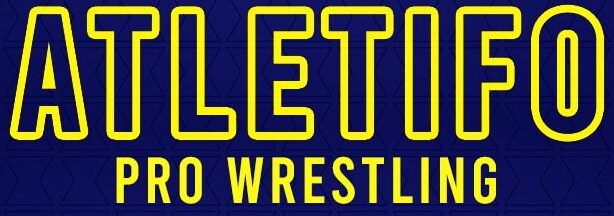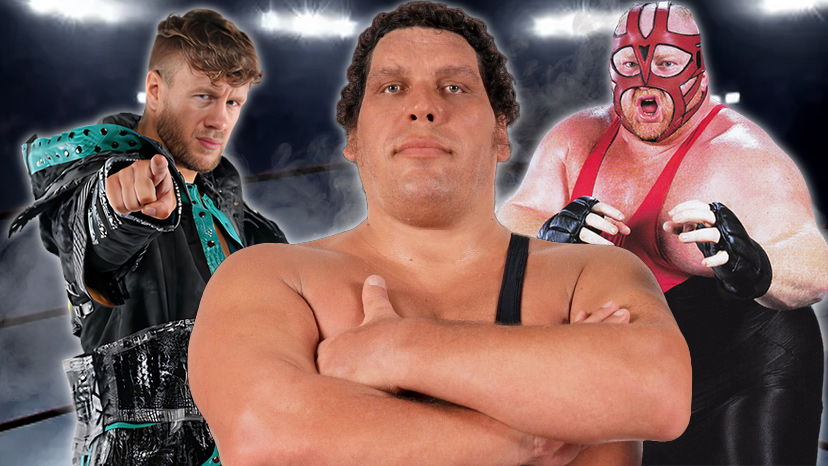In Japanese wrestling, the word “Gaijin” is used to describe any foreign wrestlers. The term literally means “foreigner” or “outsider”, although it generally to anybody who is not of east Asian descent (usually white European or Americans).
In the history of Japanese wrestling, there have been many gaijin who have become legends in Japan. There have been multiple foreign IWGP Heavyweight Champions, even more who won titles in other companies, while some even managed to shape professional wrestling in the country going back 60 years.
Here is who we consider the most important gaijin in the history of wrestling in Japan. To learn more about wrestling in Japan, check out our NJPW guide!
Hulk Hogan
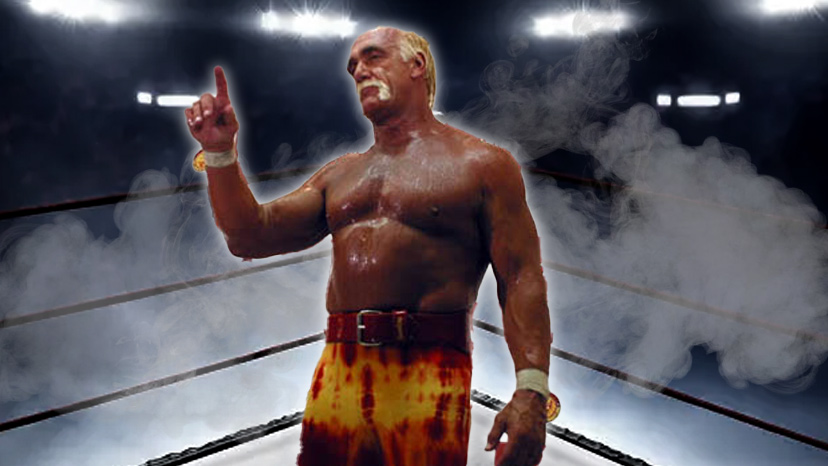
While his legendary status in the United States is well known, Hulk Hogan is also one of the best gaijin wrestlers to make a name for himself in New Japan. Starting in 1980, he regularly travelled between the American and Japan, being pushed as a cool monster heel, due to his immense size and rock ‘n’ roll background.
Antonio Inoki pushed Hogan hard during this time. Hulk Hogan won the IWGP Heavyweight Championship in 1983, becoming the first holder of the belt when he won the G1 Climax. He won the belt in a match against Antonio Inoki himself, with the pair having a number of classic matches together. These bouts gave Hogan the chance to showcase his technical wrestling skills, something that he never got in WWE or WCW.
Hogan’s most notable match is his clash with The Great Muta in 1993. Hogan was the WWE Champion at the time, but called the belt a “toy” and diminished his world championship, instead favoring the IWGP Heavyweight Championship he was wrestling Muta for (read more about Hulk Hogan vs The Great Muta).
However, be wary when listening to Hulk Hogan talk about his time in Japan. He is known for his incredible lies, and has claimed wrestling in Japan has allowed him to wrestle 400-days in one year, and that he once killed Antonio Inoki in the ring, and was chased out the country by the Yakuza.
Read about more of Hulk Hogan’s lies.
Karl Gotch

Very few wrestlers can claim to be one of the biggest stars in Japan, as well as training all the future big stars after him. However, there is nobody like Karl Gotch, who still today is considered a legend in both the pro wrestling and MMA world.
Karl Gotch was the first big gaijan brought in to Antonio Inoki’s new promotion, New Japan Pro Wrestling, in 1972. He actually beat the Japanese legend in his debut match, and received reverence across the country for his technical wrestling ability.
Up to and after his retirement, Gotch also worked as the booker for NJPW. He was in charge for many of the company’s best moments, as well as training numerous huge stars from the company’s history. The list of his students include:
- Hideki Suzuki,
- Hiro Matsuda,
- Satoru Sayama,
- Osamu Kido,
- Barry Darsow,
- Minoru Suzuki,
- Tatsumi Fujinami,
- Akira Maeda
- Yoshiaki Fujiwara
Billy Robinson

Billy Robinson was considered by many to be the greatest technical wrestler of all time, with Karl Gotch even admitting so. His bout with Antonio Inoki in 1973 was legendary, with their 60-minute-draw failing to discern between two of the all-time great wrestlers.
Robinson is credited with bringing catch wrestling to Japan, training the local wrestlers in the art that was common in the UK wrestling scene, as well as helping to train fighters in mixed-martial arts during the sports early years.
Kenny Omega
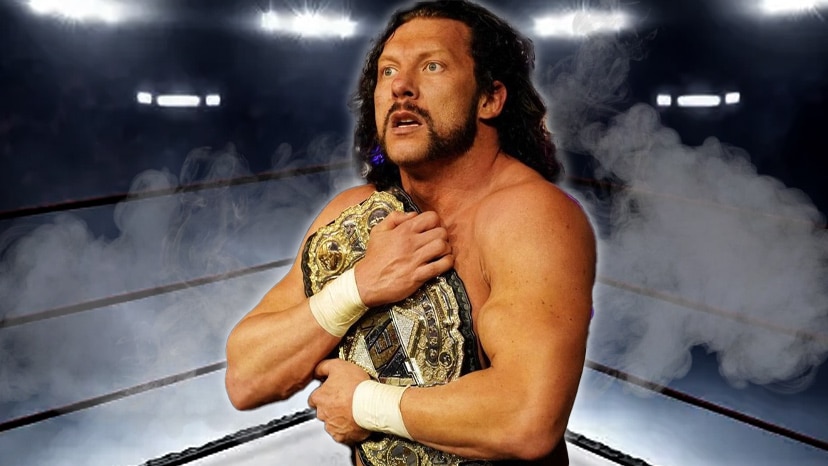
In the 2010s, there were no better gaijin in Japan than Canadian star Kenny Omega. After being let go by the WWE, he worked his way to Japan to wrestle with Kota Ibushi. The pair became the top stars in DDT, putting on enough fantastic matches to get them booked by NJPW.
After joining Bullet Club and helping oust AJ Styles from the group, Kenny Omega shone as the new leader of the group. It was here that he put on some of the greatest wrestling matches ever seen, with his four matches against Kazuchika Okada being ranked between 6 and 7 stars (the highest rated matches of all time, according to Dave Meltzer).
Omega helped establish the IWGP United States Championship, as well as becoming the IWGP Heavyweight Champion for the first time in 2018. This was in his 7-star match with Okada, and he held the belt until losing it to Hiroshi Tanahashi at Wrestle Kingdom 13. He left to join AEW later that year, but returned in 2023 for another legendary match against Will Ospreay.
Kenny Omega helped bring countless new fans to NJPW with his amazing matches, and grew the company a huge amount with US fans with his match with Chris Jericho in 2018.
Read more about Kenny Omega in WWE.
Vader
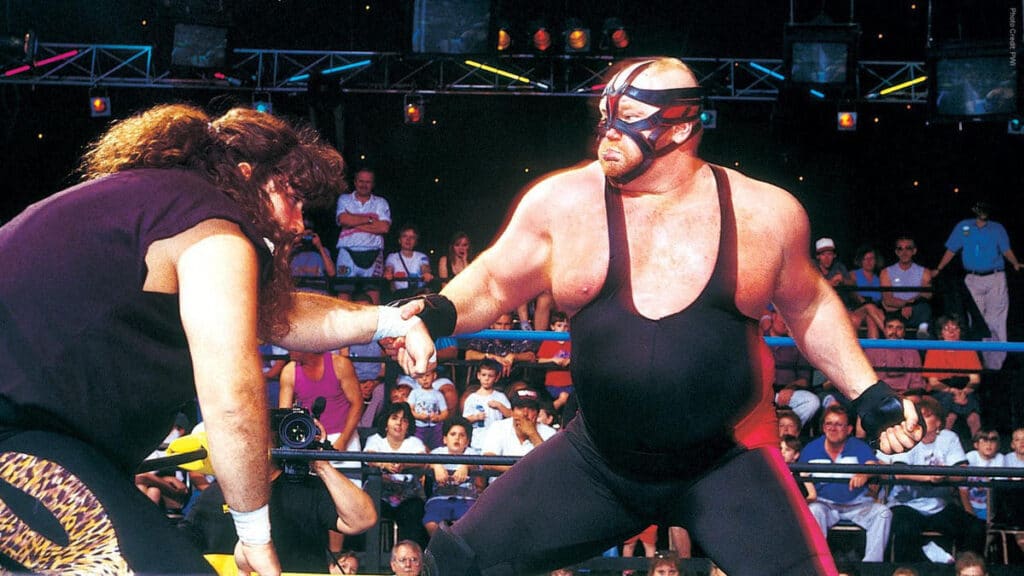
When your first match in Japan causes a riot, you know that there is something special going on. Vader made an astonishing debut in New Japan Pro Wrestling in 1987, defeating Antonio Inoki in his first match, causing a riot which caused NJPW to be banned from running the sumo hall for many years.
In Japan, Vader was an absolute monster, and is well regarded as one of the best gaijan wrestlers in the history of wrestling. He became a three-time IWGP Heavyweight Champion, as well as a three-time Triple Crown Champion in AJPW, making him one of few men to have earned both world championships.
Read about the Vader vs Will Ospreay feud.
The Destroyer

While the name The Destroyer may be one that sounds ridiculous to most wrestling fans, the character (portrayed by Dick Beyer) is one of the most important masked wrestlers in the history of wrestling, and one of the greatest Gaijin wrestlers in Japanese history.
His 1963 bout with the father of Japanese wrestling, Rikidozan, that aired on December 2, 1963, would end up drawing an insane 64.0 rating – an astonishing number that will never be touched again (for contrast, the WWE could not draw more than a 10.0 rating during their domination in the Attitude Era).
At the time, this was defined as 64 percent of the people in Japan were estimated to have been watching the match, which was nearly 70 million people in total. More people in the country saw Rikidozan vs The Intelligent Sensational Destroyer than any other match in history (although Antonio Inoki claimed his bout with Muhammad Ali drew over a billion viewers).
Despite Rikidozan dying just days after this bout, The Destroyer became famous in Japan, appearing in comedy shows and on the cover of magazines, becoming a rival and teammate of Giant Baba in the years to come. In 2017 he was awarded one of the country’s highest honors, the Order of the Rising Sun.
Will Ospreay
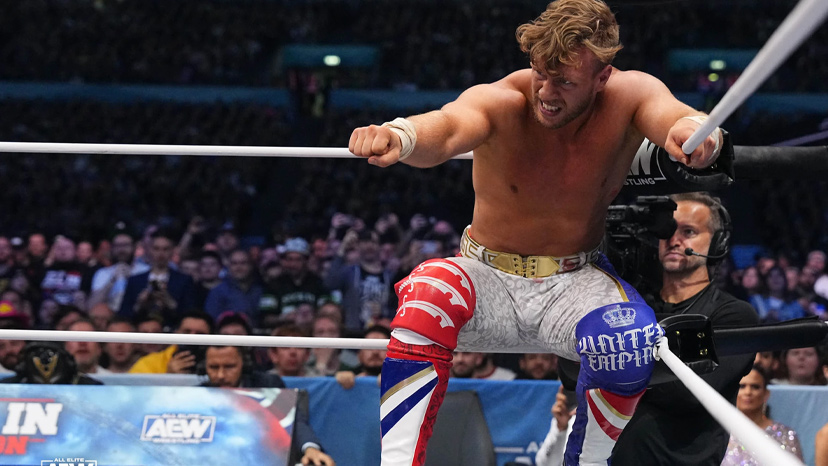
Still plying his trade in Japan, Will Ospreay is already considered one of the best Gaijin’s in Japan’s history at the age of just 30-years-old. The English star has broken numerous records wrestling for New Japan Pro Wrestling, including having the most five-star matches of any wrestler in history.
Having wrestled for New Japan Pro Wrestling since he was 22-years-old, Japanese fans have watches Ospreay grow from a young high-flyer who was still finding his place, to a Wrestle Kingdom main eventer and World Champion pro wrestler.
In 2021, Will Ospreay became the first (and so far, only) British wrestler to win a world championship in New Japan. He is one of just eleven gaijin’s to hold the IWGP Heavyweight Championship, doing so during a very difficult time in the company’s history.
Andre The Giant

Not much needs to be said about Andre The Giant’s impact on wrestling, either in Japan or the United States. By the time Andre made his way to Japan, he was already one of the biggest draws in America, and was seen as a huge attraction in Japan.
Andre The Giant was a special attraction in Japan, and was given some huge matches in New Japan Pro Wrestling. He is best known for his matches against Antonio Inoki, with one of these matches being the bout where Andre The Giant invented The Pedigree – the finishing move made famous by Triple H.
While his match against Akira Maeda is the most infamous of his time in Japan, Andre The Giant’s last match ever actually took place in All Japan Pro Wrestling too (not against Hulk Hogan at WrestleMania III, as the Hulkster may claim).
Dynamite Kid
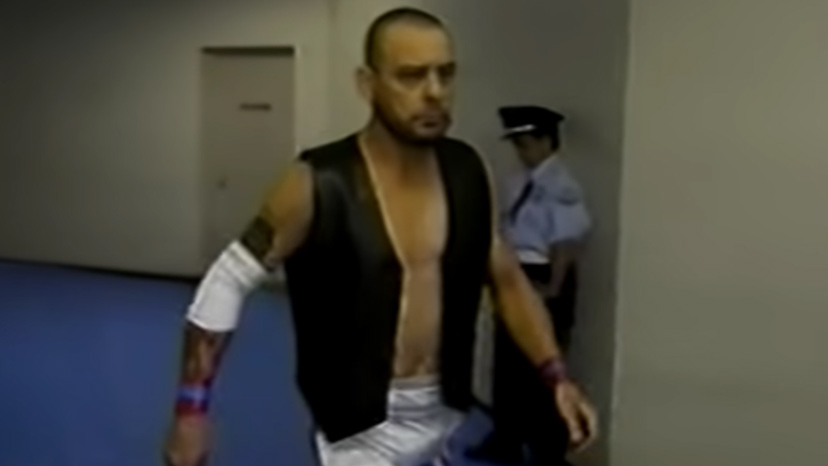
Few wrestlers can claim to be as influential on the modern style of wrestling as Dynamite Kid, and his work in Japan is like looking through a window to the future of wrestling. With a style two-decades ahead of his time, the junior heavyweight style of the modern day can be clearly seen in Dynamite Kid’s bout with Tiger Mask.
While Dynamite Kid’s last match showed a much different, more disappointing side of the wrestler, the English superstar is remembered as one of the most iconic names in wrestling, with an intensity in the ring that could never be matched.
Read more about The Dynamite Kid’s last match.
The Sharpe Brothers

There would not Japanese wrestling as we know it today with the work of The Sharpe Brothers. After Japan’s place on the world stage was decimated after World War Two, the country needed a local hero to get behind. The pain caused by the United States never left the country, and it was a traditional American pastime that would help heal those wounds.
Professional wrestling was properly brought to Japan by Rikidōzan, a North Korean-Japanese sumo wrestler. He founded the Japanese Pro Wrestling Alliance in 1953 to be the Japanese wing of the NWA. Ben and Mike Sharpe, a pair of Canadians wrestling out of California, were one of the first Gaijan teams to appear in this new landscape, facing the duo of Rikidozan and Masahiko Kimura in 1954.
This helped establish Rikidozan as a big star, as television became more common in Japan and more eyes watched wrestling in Japan than ever before. Due to their work in the JWA, the Sharpe Brothers became big stars in Japan as the first big foreign heels for the Japanese stars to defeat. Even into their retirement, they were regularly interview by Japanese outlets, and proved to be big heroes to wrestling fans all over Japan.
